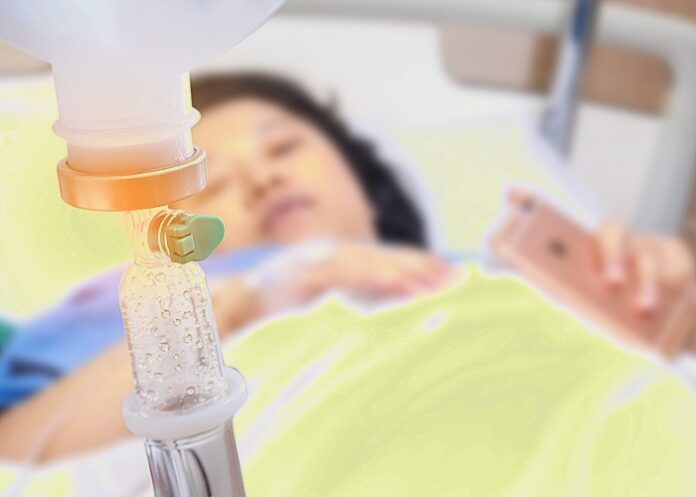Although hospitalised patients are in a monitored environment, stroke evaluation and treatment are often delayed when compared with patients arriving with a stroke at the emergency department. This contributes to higher rates of morbidity and mortality for in-hospital stroke, according to an American Heart Association scientific statement published in the Association’s journal Stroke.
The statement outlines five elements hospitals can incorporate to reduce delays and optimise treatment to improve outcomes for patients having in-hospital strokes. An in-hospital stroke occurs during a hospitalisation for another diagnosis, and affects between 35,000 and 75,000 patients annually in the United States.
The core elements of the statement include training, creating rapid response teams, standardising evaluation, and establishing oversight programmes.
The statement encourages institutions to develop a plan for in-patient stroke response teams that includes education, quality review and specified oversight.
The statement was developed by the writing committee on behalf of the American Heart Association's Stroke Council; the Council on Arteriosclerosis, Thrombosis and Vascular Biology; the Council on Cardiovascular and Stroke Nursing; the Council on Clinical Cardiology; and the Council on Lifestyle and Cardiometabolic Health.
Scientific statement
Identifying Best Practices to Improve Evaluation and Management of In-Hospital Stroke: A Scientific Statement From the American Heart Association
Amre Nouh, Sepideh Amin-Hanjani, Karen Furie, Walter Kernan, DaiWai Olson, Fernando Testai, Mark Alberts, Mohammed Hussain, Ethan Cumbler.
Published in Stroke on 9 February 2022
Abstract
This scientific statement describes a path to optimising care for patients who experience an in-hospital stroke. Although these patients are in a monitored environment, their evaluation and treatment are often delayed compared with patients presenting to the emergency department, contributing to higher rates of morbidity and mortality. Reducing delays and optimising treatment for patients with in-hospital stroke could improve outcomes. This scientific statement calls for the development of hospital systems of care and targeted quality improvement for in-hospital stroke. We propose 5 core elements to optimise in-hospital stroke care:
1. Deliver stroke training to all hospital staff, including how to activate in-hospital stroke alerts.
2. Create rapid response teams with dedicated stroke training and immediate access to neurological expertise.
3. Standardise the evaluation of patients with potential in-hospital stroke with physical assessment and imaging.
4. Address barriers to treatment potentially, including interfacility transfer to advanced stroke treatment.
5. Establish an in-hospital stroke quality oversight programme delivering data-driven performance feedback and driving targeted quality improvement efforts. Additional research is needed to better understand how to reduce the incidence, morbidity, and mortality of in-hospital stroke.
See more from MedicalBrief archives:
Simple procedure slashes atrial fibrillation risk following cardiac surgery
Stroke risk higher than expected among COVID-19 patients
Closure of left atrial appendage should be regular part of heart surgery

